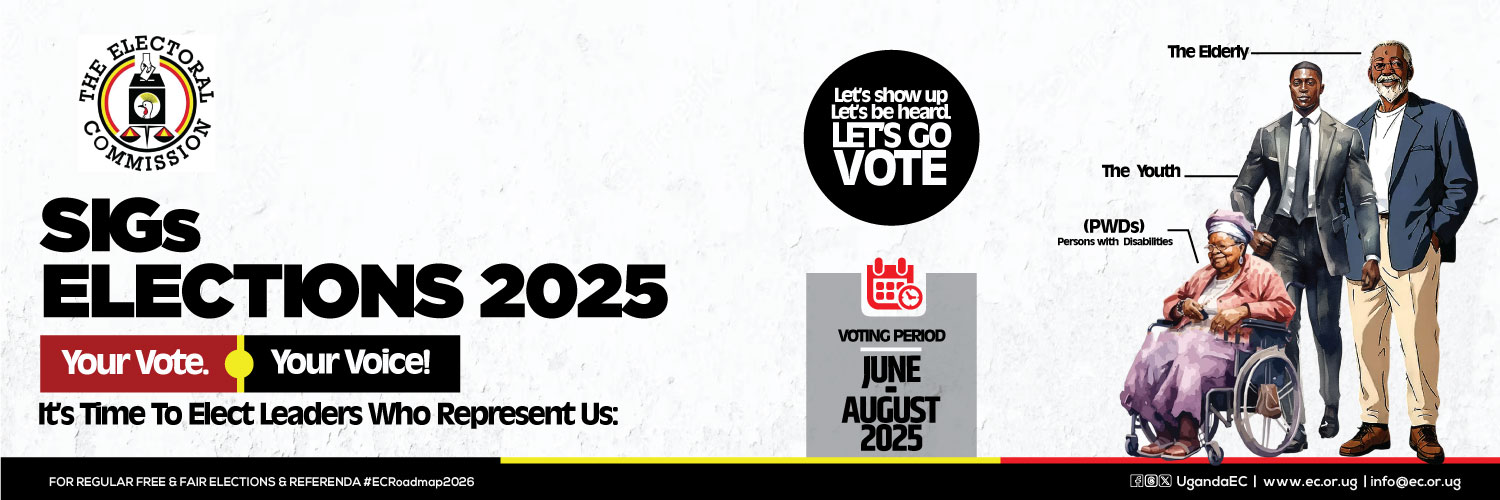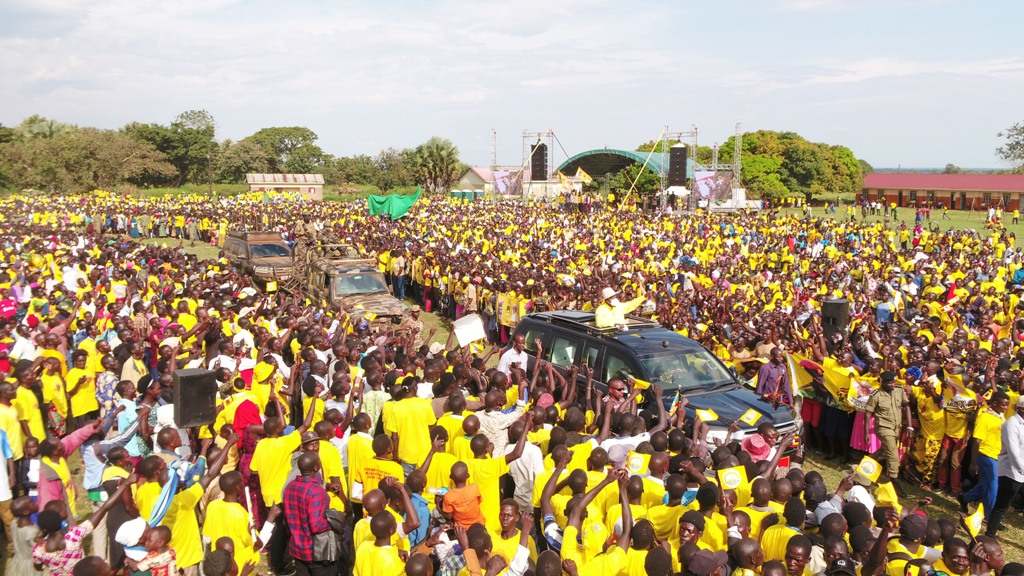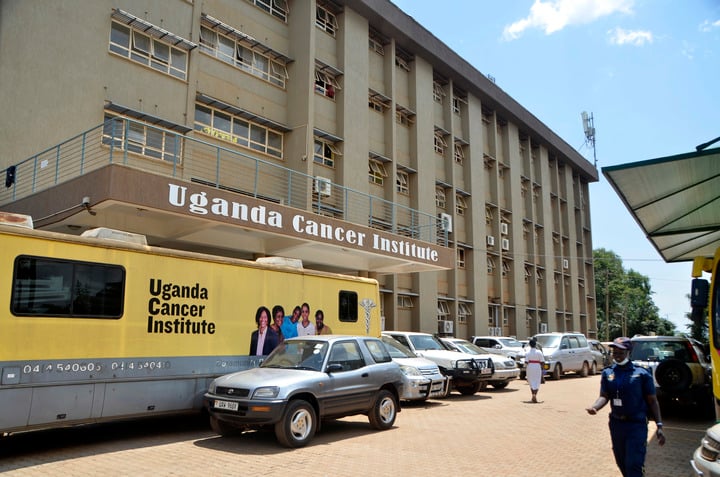Pilgrims walk, the powerful ride-Uganda’s class divide during Martyrs’ Day
While the less privileged press on with cracked feet and aching backs, the elite often arrive at Namugongo in tinted SUVs, escorted by convoys and security details.

Each year, the roads leading to Namugongo tell a story of faith, pain, and perseverance.
Barefoot pilgrims, young and old, brave scorching heat and rain to retrace the spiritual footsteps of the Uganda Martyrs, a symbol of unwavering devotion.
They walk for days, sometimes weeks, crossing districts and borders in a humbling show of commitment. But as the faithful fill the roads, one group remains notably absent from this sacred trek: Uganda’s wealthy and powerful.
While the less privileged press on with cracked feet and aching backs, the elite often arrive at Namugongo in tinted SUVs, escorted by convoys and security details. For many of them, Martyrs Day is not a physical pilgrimage but a ceremonial occasion, a moment captured in cameras, seated in VIP tents, far removed from the dust and determination that define the real journey.
Why Don’t the Rich Walk?
For ordinary Ugandans, the Martyrs Day walk is an act of spiritual resilience, a physical testimony of sacrifice. But to the rich, walking especially long distances seems unnecessary, uncomfortable, or even unfitting for their status.
This growing trend not only reflects a lifestyle divide but also a deepening social gap in a country where transportation has become a symbol of power and walking, ironically, a mark of poverty.
Jackson Mubiru, a cultural anthropologist, notes, “The walk to Namugongo mirrors more than just religious devotion; it mirrors social inequality. The roads to Namugongo are a stage where the difference between surviving and thriving plays out.”
Among the thousands arriving on foot this year are elderly women who walked from Bushenyi, youths from Kenya and Tanzania, and groups who began their journey weeks in advance.
Along the way, they rely on the kindness of strangers, sleep under the stars, and bear the physical pain with joy. In contrast, the powerful politicians, celebrities, and business moguls often fly or drive in last-minute, skipping the journey and arriving only for the celebration.
According to Mubiru, “It’s not about who suffers more, but about who truly connects with the essence of Martyrs Day. The Uganda Martyrs died for their faith with courage, pain, and principle. Their memory is honored best not in flashy convoys but in shared humility.”
Martyrs Day is not just about reaching Namugongo; it’s about the walk that gets you there. Religious leaders often say each footstep is a prayer, each blister and a badge of belief. Yet when the people who hold power in this nation avoid that experience entirely, it raises a question, can one truly honor the martyrs without walking even metaphorically in the path of sacrifice?
“Perhaps if the powerful chose to walk, even once, they would not only sweat and ache like the pilgrims, but they would also see firsthand the conditions their people face: broken roads, tired bodies, kind strangers, and unshakable faith. They might arrive changed. Humbled,” says Luwemba Peter, one pilgrim who already arrived in Namugongo.
As Uganda continues to reflect on the legacy of the Martyrs, maybe it’s time to rethink how we honor them. Can a president, a CEO, or a minister not walk a kilometer in remembrance? Can sacrifice be shared, even symbolically?
Until then, the annual pilgrimage to Namugongo will remain a tale of two journeys, one paved with sweat and spirit, the other with status and silence.







